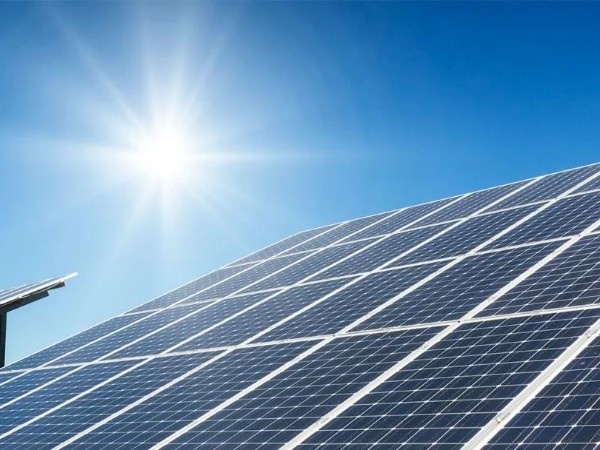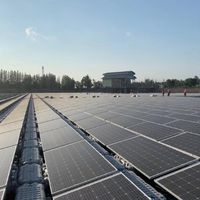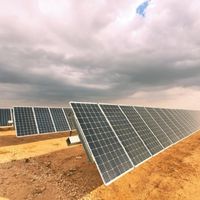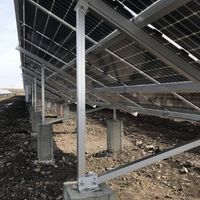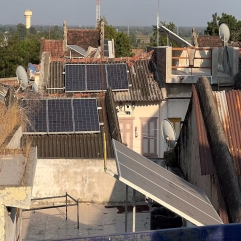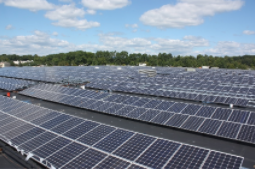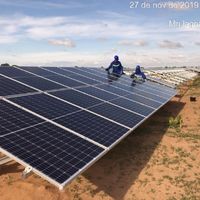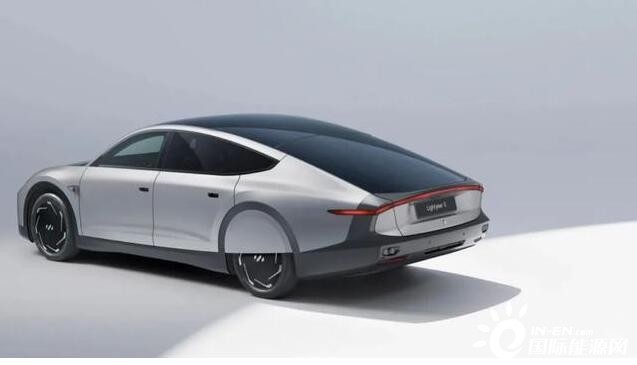Aug 05, 2022
05
Cross the border! Olympian Technology, a major charger, enters photovoltaics
On August 4, Olympian Technology issued an announcement stating that, after the deliberation and approval of the general manager's office meeting, the company established a wholly-owned subsidiary with its own funds. At present, the company has completed the registration of a wholly-owned subsidiary and obtained the "Business License" issued by the China (Shanghai) Pilot Free Trade Zone Administration for Market Regulation. The company was established on August 3 with a registered capital of RMB 30 million. Business scope: general projects: solar power generation technology services; energy storage technology services; technical services, technology development, technology consultation, technology exchange, technology transfer, technology promotion; software development; power electronic components The company and all members of the board of directors guarantee information disclosure The content is true, accurate and complete, without false records, misleading statements or material omissions. Sales of electronic components; wholesale of electronic components; retail of electronic components; sales of advanced power electronic devices; sales of photovoltaic equipment and components; sales of intelligent power transmission and distribution and control equipment; import and export of goods; technology import and export. (Except for projects subject to approval in accordance with the law, independently carry out business activities with business licenses) The establishment of a subsidiary this time is in line with the company's development strategy and business development needs. It will help promote the company's business layout and resource investment in photovoltaic inverters, energy storage products, etc., and improve the company's optical storage and charging integration and centralized supply system. Service capabilities, further enhance the company's core competitiveness, and enhance the company's sustainable profitability. Founded in 2004, Aohai Technology has four R&D centers in Shenzhen, Dongguan, Shanghai and Wuhan, and five intelligent manufacturing bases in Dongguan, Jiangxi, Wuhan, India and Indonesia. Its business covers motor control, battery management, vehicle control, automotive power supply, High-power charging, PD charging, wireless charging, PD energy storage power supply, resistance to common mode interference, board transformers and other technologies.
Read More
